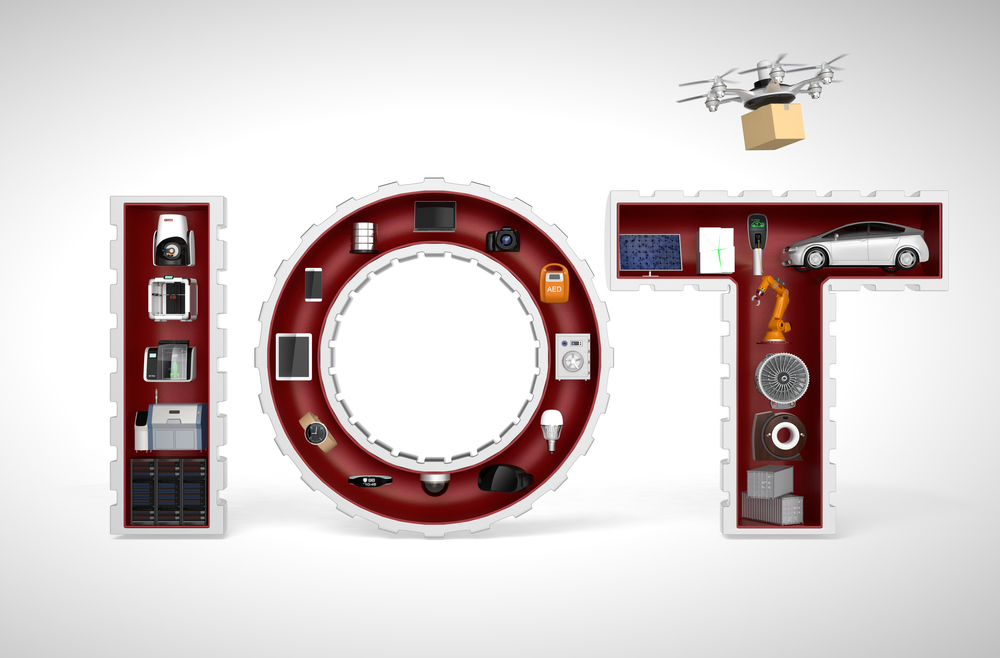
SMART CLOTHING: THE NEXT WAVE OF WEARABLE TECHNOLOGY
It seems that we have finally reached the point where wearable device manufacturers are able to look beyond the fitness industry and start coming up with interesting ideas for the next wave of wearable technology that would be equally useful for those who spend most of their days in business attire and even improve the overall accuracy of measurements.Chris Harrison, an assistant professor of human-computer interaction who leads the Future Interfaces Group at Carnegie Mellon University (Pittsburgh, PA) explains that “You can make millions of smart watches that are identical, but you have millions of people who are not identical.” The individual variations in the thickness of our wrists, the amount of fat we store in the area, or even how much we sweat can profoundly influence the accuracy of measurements. Furthermore, wrists are exposed to plenty of abuse throughout the day, making them even less suitable as the place for an expensive, high-end gadget.
OMSignal, Hexo Skin, Samsung, Google, and Under Armour have introduced smart clothes that abandon wrists in favor of less conspicuous body parts. OMbra by OMsignal uses a cutting-edge biometric fabric and integrated sensors to measure user’s heart rate, balance, breathing, stamina levels, distance traveled, calories burned, and plenty more. A similar product aimed at men is called Enflux. Instead of just a sports bra, Enflux Exercise Clothing consists of “a compression shirt and pants with ten small embedded motion sensors,” according to the Kickstarter campaign. Because the suit can capture all body parts at once, athletes can replay their performance using 3D animations with useful metrics, which include the precise angle and velocity of the body parts. Other highly similar fitness-oriented products include the MyZone Sports Bra, the Lumo Run shorts, the LikeAGlove leggings, the Athos shirt and shorts, or the sports bra from Victoria’s Secret.
This new wave of smart fitness products is powered by several innovative technologies, which “allow for the ‘detection, transmission and protection of electrical signals’ within smart clothing,” explains General Manager of Noble Biomaterials, Bennett Fisher, who added that “Once the sensor is inside the clothing, what you’re wearing becomes a sensor.” A similar technology was presented during Google I/O 2015 by the founder of Google Project Jacquard, Ivan Poupyrev. In their own words, the technology makes it possible to weave touch and gesture interactivity into any textile using standard, industrial looms. That means that everyday objects such as clothes and furniture can be transformed into interactive surfaces. They achieve this by intertwining a conductive metal core with conventional fibers that can be dyed any color. Unsurprisingly, some of the biggest clothes manufacturers in the world, including Levi’s, are already exploring way how they could use this technology to create something their customers would love.
The current selection of everyday smart clothes revolves mostly around the NFC technology. A great example is a smart suit from Samsung. It was built in collaboration with Rogatis. Those who are willing to spend around $500 on it can enjoy the ability to unlock their phone, or digitally swap business cards. The Lyle & Scott contactless jacket throws in a contactless payment chip found in credit cards to make contactless payments even more convenient.
So, how long it could take to see the technology used outside of the fitness industry? Quite a long time, actually. “Building these products [health-oriented smart devices] takes lots of time. Testing, simulations, modeling, prototyping, and problem-solving are all more extensive when you need to make sure the devices can stand up to the requirements of daily wear, such as frequent exposure to sweat and water”, explains Rachel Metz in her article for Technology Review.
That being said, the competition to be the first to dominate the market is fierce. VTT Technical Research Centre of Finland has developed a promising technology that allows smart clothes or adjusts the temperature based on wearer’s individual needs. Such technology has a lot of potential for the health care industry, police officers, firemen, outdoor workers, and even small babies, who already are the target audience for products such as Exmobaby, Owlet Baby Care, and MonBaby from MonDevices.
The first mentioned is like a baby monitor on steroids. This smart garment can tell whether the baby is sleeping, check the vital signs, and keep the parents up to date with its Wi-Fi and 3G wireless capability. The other two products follow a very similar formula, each with its own distinct set of features and overall value propositions.
With all these innovations taking place all around us, it’s easy to see how the future of smart clothing is going to look like: it’s going to be more practical, less fitness-oriented, and infinitely more embraced by customers of all walks of life.


